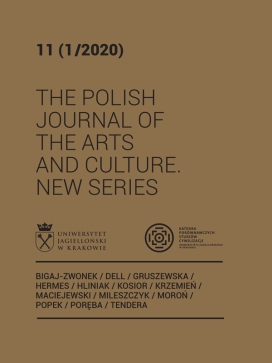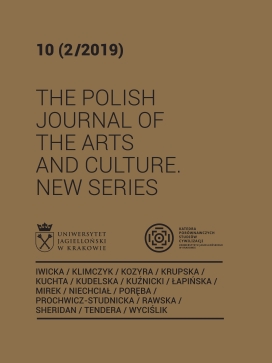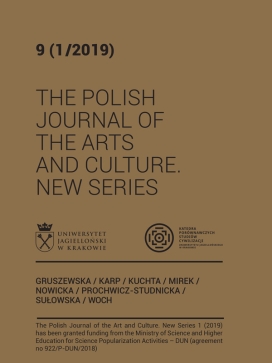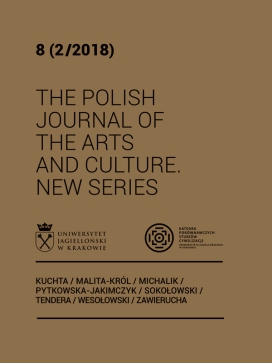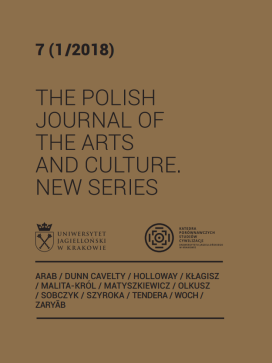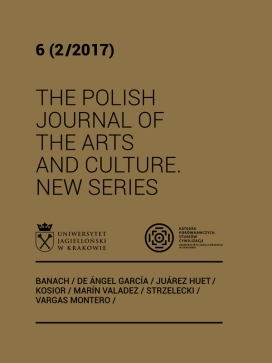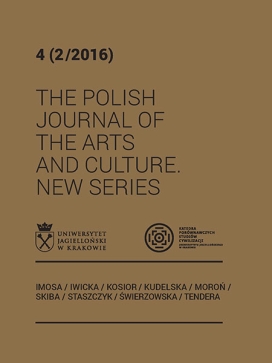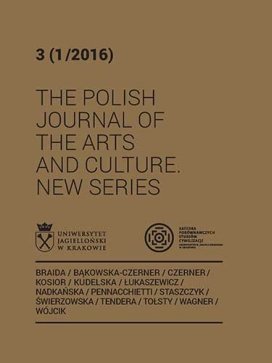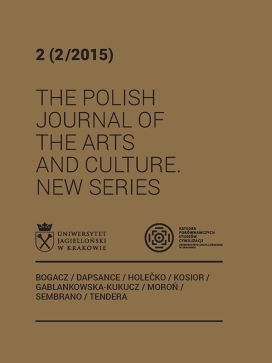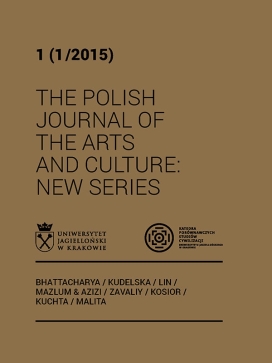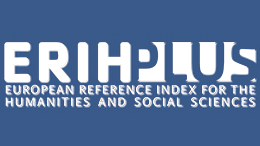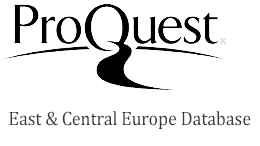Tekst podejmuje analizę Sukhāvatī – świata („pola buddy”) Amitabhy, określanego również jako Czysta Kraina. Pewne jej cechy – przynajmniej na pozór – odbiegają od standardowych wyobrażeń na temat buddyzmu. Skłaniało to niektórych badaczy do poszukiwań bezpośrednich zapożyczeń z innych religii i kultur, co miało wyjaśnić źródło nazwy, położenie i cechy tej krainy. Charakterystyki te można jednak bardziej przekonująco wyjaśnić, analizując proces ewolucji samego buddyzmu, co stanowi główne zadanie tej pracy.
Tekst został podzielony na dwie części. W części pierwszej przedstawiono założenie o wewnątrzbuddyjskich źródłach pochodzenia Sukhāvatī wraz z uzasadnieniem tego wyboru. Następnie omówiono ewolucję buddyjskiej wizji kosmologicznej, która ostatecznie doprowadziła do koncepcji pól buddów, w tym Sukhāvatī. Prezentowana tutaj część druga została poświęcona analizie charakterystyk tej krainy w świetle Krótszej i Dłuższej sutry Sukhāvatīvyūha, w kontekście innych tekstów buddyjskich, aby wykazać, że Sukhāvatī skupia w sobie następujące wątki buddyjskie: (a) w warstwie wizualnej przedstawienie raju, (b) w wymiarze niematerialnym aktywność nirwany, (c) w aspekcie ścieżki łatwe praktyki charakteryzujące warunki odrodzenia dla niższych niebios.
ABSTRACT
Characteristics of the land of Sukhāvatī in the context of changes in Buddhist cosmology and soteriology. Part two
The text analyses Sukhāvatī – Amitābha’s purified buddha field, also known as the Pure Land. The vision of Sukhāvatī became immensely popular in Indian Mahāyāna Buddhism, and in East Asia it started a new Buddhist tradition. Some of its features – at least on the surface – differ from standard ideas about what Buddhism is. The descriptions of the activity of the Buddha Amitābha, who brings salvation to all beings, by enabling them to be reborn and live a blissful and virtually endless existence in his paradise land of Sukhāvatī, where achieving the ultimate goal of Buddhist practice is quick and easy, led to attempts to show the structural similarities of this tradition with, for example, Christianity. There were also attempts to prove direct borrowings from other religions and cultures, which was supposed to explain the source of the name, location and characteristics of this land. These characteristics, however, can be more convincingly explained by analysing the process of evolution of Buddhism itself, which is the main focus of this work.
Due to its volume, the text is divided into two parts. The first part defends the assumption about the intra-Buddhist origins of Sukhāvatī and the justification for this choice in the context of various other theories about the origin of that land. Then the evolution of the Buddhist cosmological vision that eventually led to the concept of purified buddha fields, including Sukhāvatī, will be discussed. The second part is devoted to an analysis of the characteristics of this land in the light of the Short and Long Sukhāvatīvyūha sutras, and in the context of other Buddhist texts, to show that Sukhāvatī combines the following Buddhist themes: (a) in the visual layer, the presentation of a paradise, an ideal land, that lacks any existential ills, (b) in the non-material aspect, the activity of nirvāṇa, (c) in the dimension of the Buddhist path, the easy practices that characterise the conditions of rebirth for the lower heavens.

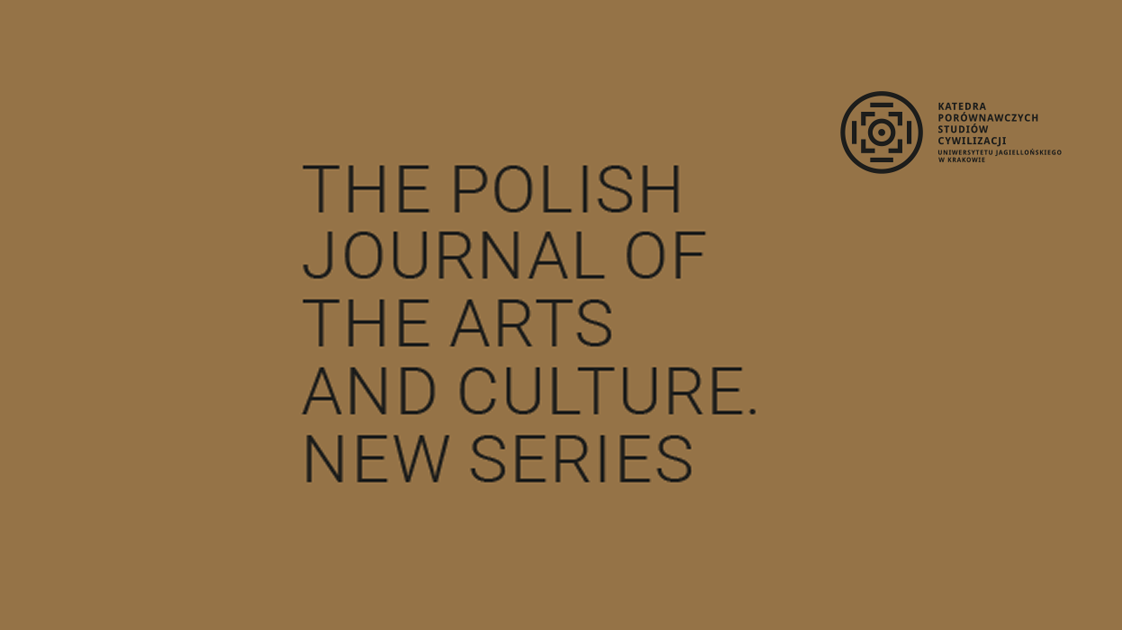
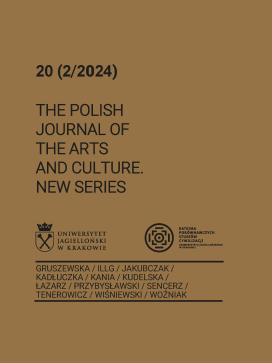
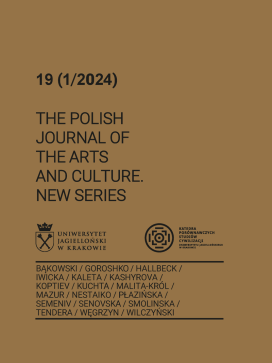
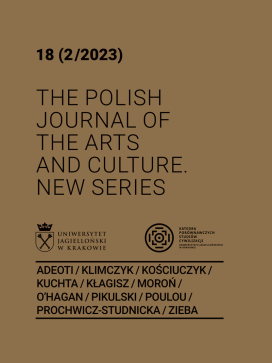
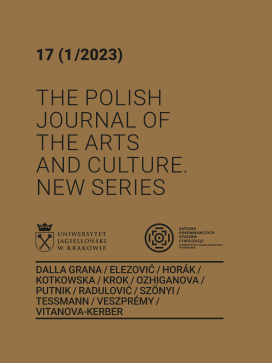
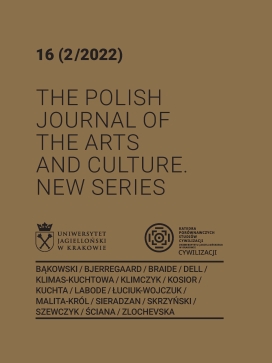
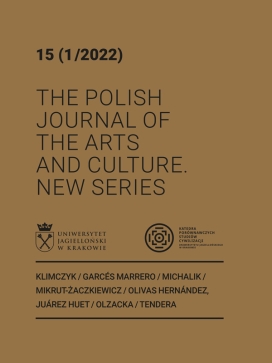
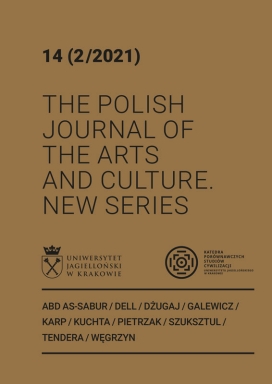
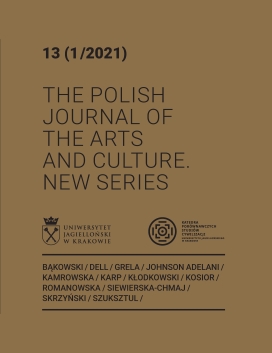

.jpg)
